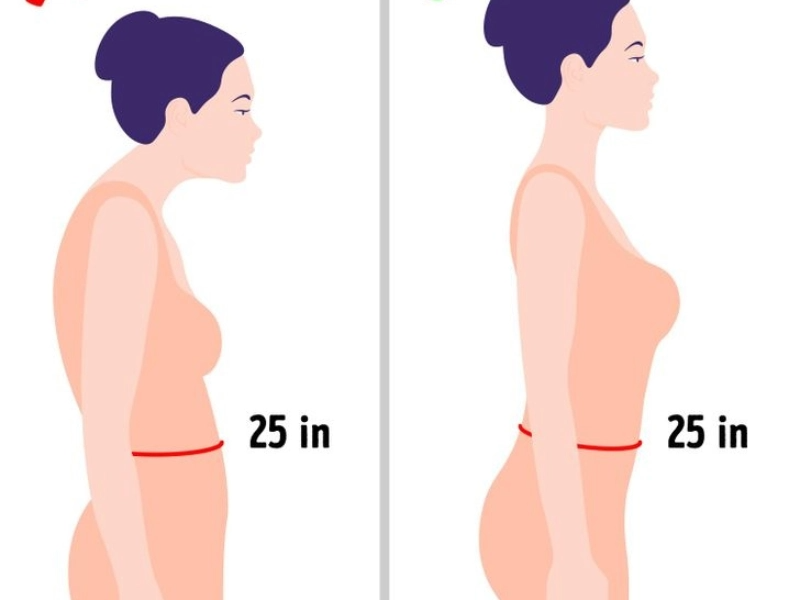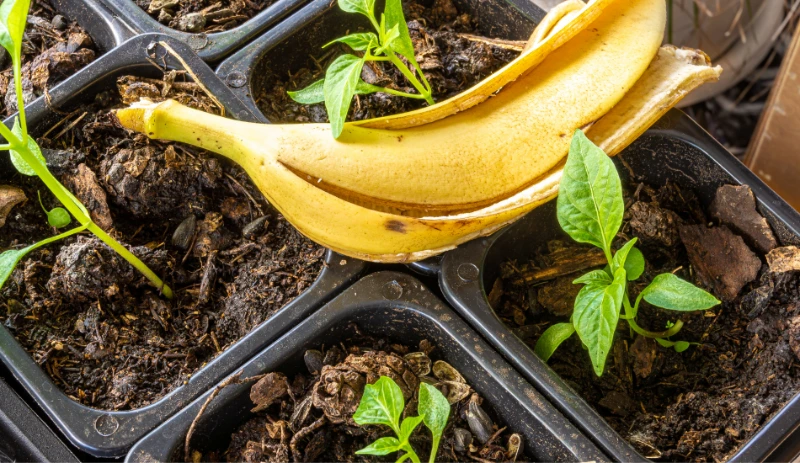1. Jeans versus leggings

Frequent washing can shorten jeans' lifespan and fade their color. Each wash may cause denim to lose its shape, and warm weather could shrink them, altering their fit. To preserve jeans, avoid washing them often. Chip Bergh, CEO of Levi’s, hasn’t machine-washed his jeans in over ten years, believing it helps maintain their structure and color while saving water. Spot cleaning is recommended, following early denim wearers’ habits. If machine washing is necessary, turn them inside out and use cold water only when truly dirty. Leggings, designed to absorb moisture, require more frequent washing. For everyday wear, wash them after two to three uses. After workouts, wash them each time for hygiene and freshness.
Advertisement
Recommended Reading: 13 Outrageous Laws From Around the World That Will Leave You Speechless
You are viewing page 1 of this article. Please continue to page 2
























Drafting an action list from this.